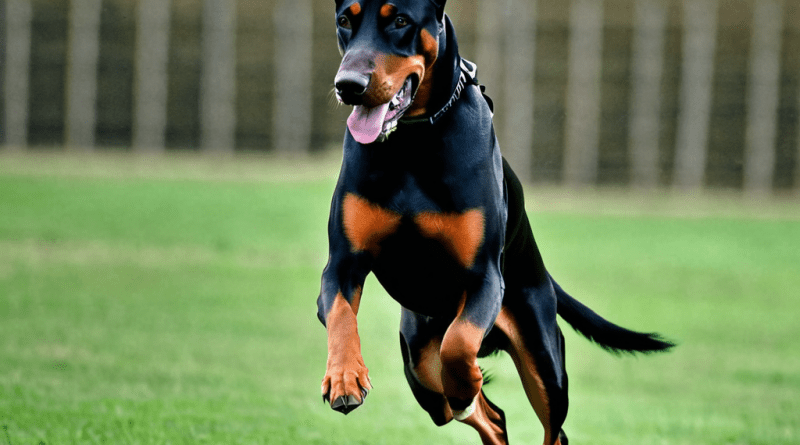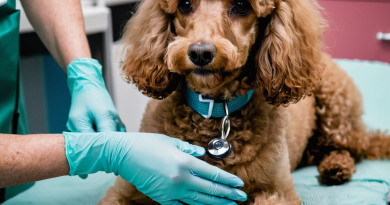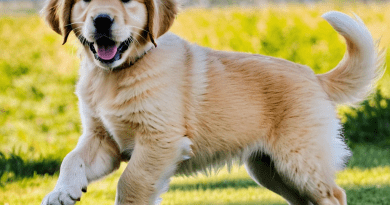The Majesty of the Doberman Pinscher: Understanding and Caring for This Noble Breed
The Doberman Pinscher, a breed with origins rooted in Germany circa 1900, is a majestic and loyal companion. Bred from a diverse lineage that includes the Rottweiler, Weimaraner, German Shepherd, Black and Tan Terrier, and German Pinscher, these medium-sized canines were originally intended to serve as formidable guard dogs. With their glistening short coats and robust physique, Dobermans carry a regal and vigilant presence.
If you are considering a Doberman for professional show purposes, certain aesthetic procedures can be applied to his ears and tails to align with breed standards. However, this decision is not to be taken lightly, as it relates to the dog's well-being and the ethical considerations surrounding cosmetic surgeries on animals.
Caring for Your Noble Protector
- Step 1: Begin with proper vaccinations. It's critical for your Doberman to receive vaccinations against threats like the parvovirus, which can be deadly if left unchecked. As recommended by organizations like the American Society for the Prevention of Cruelty to Animals (ASPCA), initial shots are given at six weeks old, followed by additional doses every four weeks until the dog is between 16 to 20 weeks.
- Step 2: If showing your Doberman is on the agenda, consider having a certified veterinary surgeon perform ear cropping and tail docking—procedures mandated by some kennel clubs. Ear cropping is meant to create an erect ear appearance and involves subsequent taping to maintain the stance. Docking shortens the tail. These practices are increasingly controversial and reflects personal choice in aligning with breed standards.
- Step 3: Daily exercise is pivotal. The Doberman’s pent-up energy, if not managed through rigorous activity, can manifest in undesirable behaviors. A combination of outdoor games like fetch or regular runs will provide both physical and mental release for your Doberman, potentially circumventing issues like excessive flank licking, which often indicates stress or boredom.
- Step 4: Invest in clicker training to engage your Doberman's intelligent and responsive nature. Start by associating the click sound with a treat. Once that connection is established, merge verbal commands into the routine, clicking and treating when your dog follows through successfully. This method plays on their intelligence and offers mental stimulation.
- Step 5: Grooming your Doberman is straightforward due to their short fur. Use a wire brush to remove debris, a damp washcloth for cleanliness, and apply a leave-in conditioner for that extra sheen. Bathing should only occur when necessary to maintain the natural oils of their coat.
- Step 6: A high-calorie, nutritious diet will support the high-energy needs of your athletic Doberman. Opt for a soy-free dry food, and soak it before serving to reduce the risk of bloat—a life-threatening condition where the stomach expands. Additionally, being mindful not to feed your Doberman right before or after exercise can also help prevent this condition.
Dobermans stand out not just for their physical prowess but also for their intelligence and obedience when properly trained and cared for. It’s crucial to integrate these steps into your routine to foster a harmonious and healthy relationship with your Doberman.
For pet aficionados looking to delve deeper into dog training and care, we at Petsfi invite you to follow our blog for more intriguing posts like this. Our team dedicates themselves to bringing you the best insights into your beloved pets' well-being.




